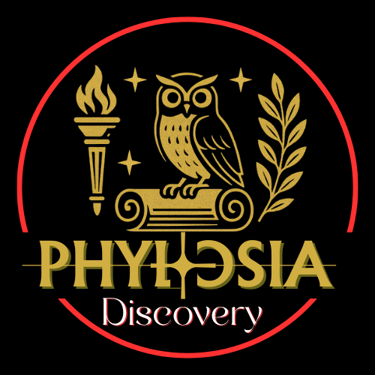The Real Story of the Pharaohs: Power, Faith, and Legacy in Ancient Egypt
Uncover the truth behind Egypt’s powerful pharaohs—divine rulers, political minds, and eternal builders. Explore their 3,000-year legacy and its lasting influence.
8/6/20256 min read
Watch the Full Story Unfold on YouTube
Discover the Pharaohs Like Never Before — Watch the Video on Phylosia Discovery

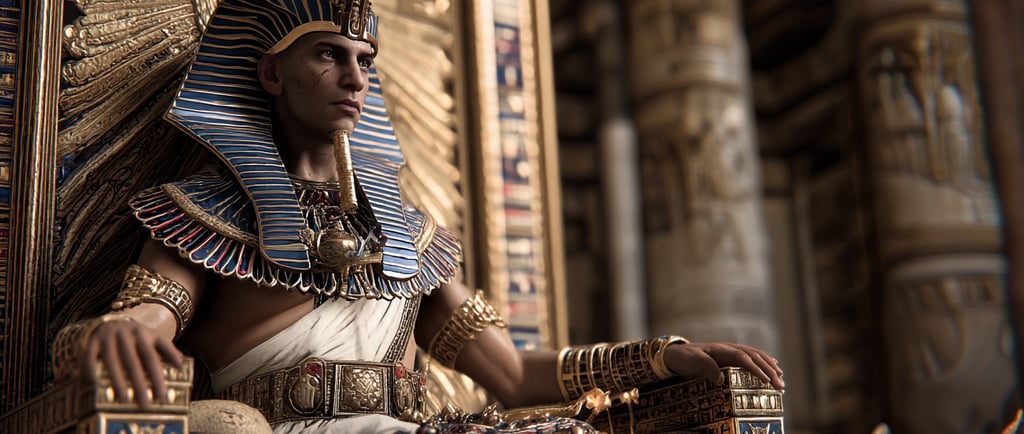

The Real Story of the Pharaohs: Power, Faith, and Legacy in Ancient Egypt
Beyond the Crown: The Real Human Story of Egypt’s Pharaohs
We think we know the pharaohs. We’ve seen them in movies, read about them in museum labels, and watched their golden masks shimmer in documentaries.
But what if the truth is far more human, and far more complex, than the myth?
The word “pharaoh” evokes images of towering pyramids, gods in human form, and an ancient world of mystery and power. But behind the grandeur and legend were real people—leaders who ruled, bled, worshipped, feared, and loved.
This isn’t just the story of kings. It’s the story of a civilization that lasted for over 3,000 years, and of rulers whose lives were deeply tied to belief, ambition, and the universal desire to be remembered.
Let’s explore who the pharaohs really were — not as statues or hieroglyphs, but as people.
The Word “Pharaoh” Wasn’t a Name — It Was a Role
Most of us use "pharaoh" as if it were a name. But originally, the word came from per-aa, meaning “Great House,” referring to the king’s palace. Over time, it evolved into a title that symbolized something far greater than any one man or woman.
To ancient Egyptians, the pharaoh wasn’t just a ruler — he (or sometimes she) was a divine being, the earthly embodiment of Horus, the falcon-headed god. His role was political, religious, and cosmic. He was the bridge between the people and the gods, between the seen and unseen, between life and the eternal.
Pharaohs weren’t just kings. They were the living law, the chief priest, the military commander, and the supreme judge, all in one.
But under all that symbolism?
They were still human.
God-Kings… with Human Hearts
For all their divine titles and sacred imagery, pharaohs lived with very human challenges.
They loved. They feared. They made enemies and alliances. They raised children, buried loved ones, and faced betrayal. Some were visionaries. Others were conquerors. Some were manipulated by palace intrigue. A few tried to change the course of history entirely.
Their legacy was not just written in stone, but in the complexity of their actions and decisions — moments that would ripple across generations.
These rulers built more than temples and tombs. They built dynasties, defended borders, negotiated with enemies, and navigated internal threats from rival nobles, priests, and even their own family.
In many ways, being pharaoh meant holding the weight of the universe on your shoulders — while also trying to secure your name in the stars.
The Timeline of a Civilization That Refused to Die
Ancient Egypt’s history stretches longer than we often realize. From the Early Dynastic Period to the Old, Middle, and New Kingdoms, the pharaohs ruled over a civilization that outlasted the Roman Empire, the British Empire, and most modern nations combined.
Egypt’s story wasn’t one of uninterrupted glory. It was filled with ups and downs, known as the intermediate periods — times of chaos, division, and foreign rule. Yet like the annual flooding of the Nile, Egypt always found its way back to order and unity.
It was in these revivals that some of the most legendary pharaohs emerged.
Builders of Eternity
Why did the pharaohs build such massive monuments? Why spend decades constructing pyramids, obelisks, and temples?
Because for the ancient Egyptians, death was not the end. The pharaoh’s tomb wasn’t just a burial site — it was a launchpad into eternity.
Pyramids were designed to preserve the body and possessions of the ruler, ensuring that their soul — the ka — could live on forever. These structures were not just buildings; they were machines for immortality.
And despite the myths, these were not built by slaves. Archaeology now shows that skilled Egyptian laborers — farmers during the Nile’s flood season — came together in national projects to honor their divine king. These efforts were a collective expression of culture and belief, not forced labor.
Beyond pyramids, pharaohs built temples like Karnak and Luxor — religious and economic hubs, filled with art, rituals, and daily offerings. The walls of these temples were covered with images of the pharaoh defeating enemies and kneeling before gods — political messages carved in stone, reinforcing their right to rule.
Powerful Women in the Great House
While we often associate pharaohs with male rulers, women held power too — and they didn’t just stand behind the throne.
Hatshepsut declared herself pharaoh and ruled in her own right. She wore the false beard, adopted male titles, and led with wisdom and economic vision. She reigned for over two decades, bringing peace and prosperity.
Centuries later, Cleopatra VII became a global political force, navigating the dangerous world of Roman alliances. She spoke multiple languages, led armies, and used both diplomacy and charisma to protect her kingdom.
These women weren’t just royal wives or daughters — they were pharaohs. And they reshaped Egypt’s future just as much as their male counterparts.
Erased from History… Then Rediscovered
Pharaohs had absolute power in life, but their legacy was never guaranteed. Ancient Egyptian politics could be ruthless — and memory itself could become a battlefield.
Hatshepsut’s name was chiseled off monuments by her successor.
Akhenaten, the revolutionary who tried to replace Egypt’s gods with a single deity, was systematically erased from history.
But what was once lost can be found again.
When Howard Carter discovered the tomb of Tutankhamun in 1922, the world was stunned. This boy king, forgotten for millennia, became one of the most famous pharaohs in history. His tomb — intact, lavish, breathtaking — gave us an unparalleled glimpse into royal life during the New Kingdom.
Tutankhamun wasn’t a powerful ruler. But in death, he became a symbol of how fragile and rediscoverable history really is.
Pharaohs in the Modern Mind
Even though the age of the pharaohs ended thousands of years ago, their legacy is everywhere.
The obelisk — a purely Egyptian invention — stands tall in cities from Paris to Washington D.C.
Symbols like the ankh and scarab beetle appear in fashion, jewelry, and tattoos.
And our own ideas about the afterlife — with judgment, eternal peace, and spiritual journeys — share surprising similarities with ancient Egyptian belief systems.
The pharaohs were the original brand builders. They used symbols, slogans (hieroglyphs), and massive visuals to craft a public image. Their power didn’t just come from armies — it came from how they were seen, remembered, and worshipped.
That kind of strategic storytelling?
It’s the foundation of modern branding, politics, and legacy-building today.
Why We Still Listen to the Pharaohs
The story of the pharaohs is not just about gold and gods. It’s about human beings trying to leave a mark.
Trying to be remembered.
Trying to build something that lasts beyond death.
It’s about fear of being forgotten — and the creativity, faith, and ambition that drove people to write their names in stone.
Yes, they were powerful.
Yes, they ruled as gods.
But they were also like us — filled with doubt, love, loyalty, rivalry, and vision. And that’s what makes their story so compelling.
Because in the end, the pharaohs weren’t mythical beings.
They were people — just like us — who dared to dream of eternity.
Think You Know History? Think Again.
At Phylosia Discovery, we dig deeper — beyond the textbooks and into the real stories of lost empires, ancient science, and cultural breakthroughs that time tried to erase.
Curious about the truths behind the legends? The innovations that history overlooked? The civilizations that reshaped the world?
You’re in the right place.
Every week, we share new videos that bring the ancient world to life — from powerful African kingdoms to hidden inventions and global myths.
🧭 Subscribe to our YouTube channel and take a journey through time with us.
Because history isn’t just what’s remembered —
It’s what we choose to uncover.
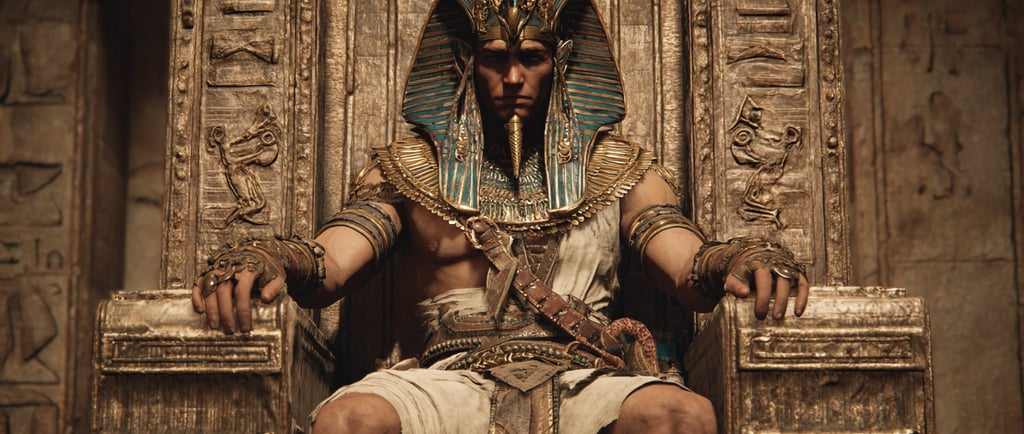

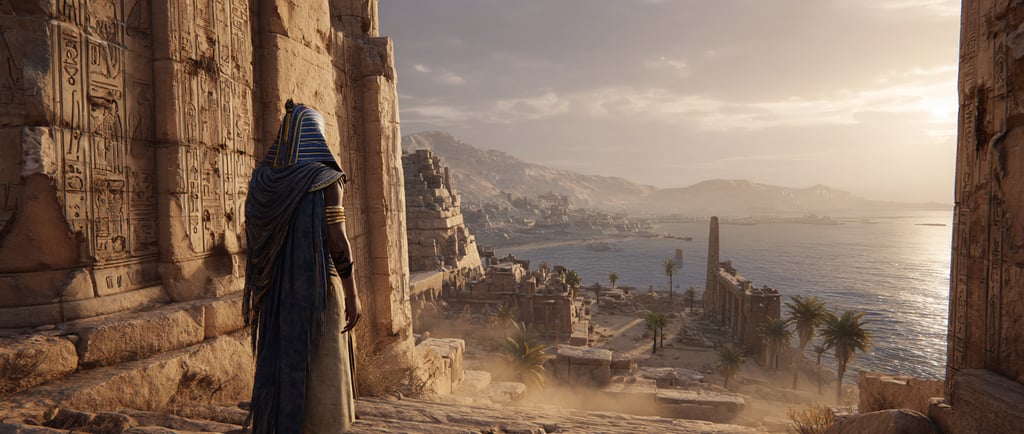





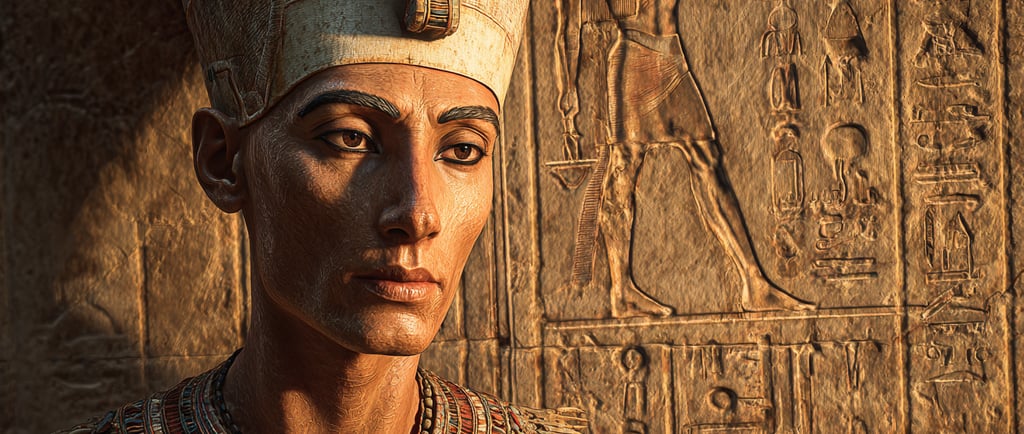





Explore
Discover the world of phylosia through articles.
Shop
Contact Us
© 2025. All rights reserved.
